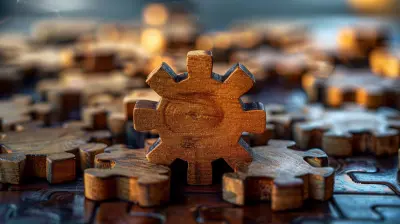Sustainable Product Development: Meeting Both Business and Environmental Goals
3 October 2025
In today’s world, sustainability isn't just a buzzword—it's a way of doing business that's smart, responsible, and, frankly, necessary. More and more companies are beginning to recognize that sustainable product development isn’t just about protecting the planet (though that’s a huge part of it); it’s about building a thriving business that resonates with what consumers truly care about.
Whether you're a startup founder, product manager, or entrepreneur, embracing sustainable product development can be a game-changer. Not only does it help reduce your environmental footprint, but it can also open up fresh opportunities, attract eco-conscious customers, and give your brand a solid, trustworthy reputation.
So, how does a business create products that are both eco-friendly and profitable? Well, let’s break it down and see how we can strike that perfect balance between green and growth.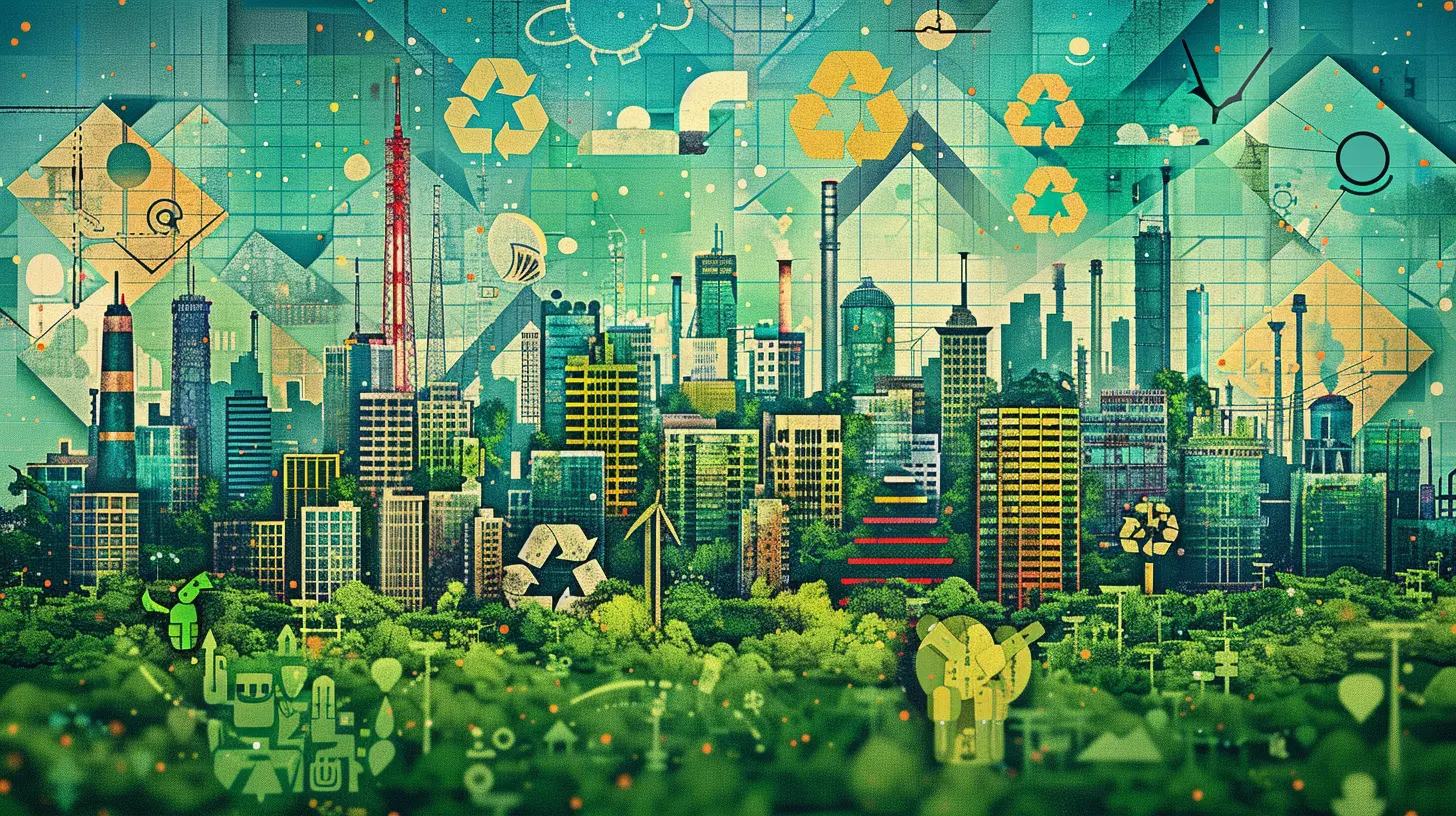
What Is Sustainable Product Development Anyway?
At its core, sustainable product development is all about designing and creating products with the environment in mind—from start to finish. It means thinking about how resources are sourced, how the product is manufactured, how long it lasts, and even what happens when it reaches the end of its life.But here’s the twist: you don’t have to sacrifice profit for sustainability. It’s not a zero-sum game. You can totally align environmental goals with business goals. That’s where the magic happens.
Think of it like baking a delicious cake that’s good for you and still tastes amazing. You're using healthy ingredients, but you're not compromising on flavor.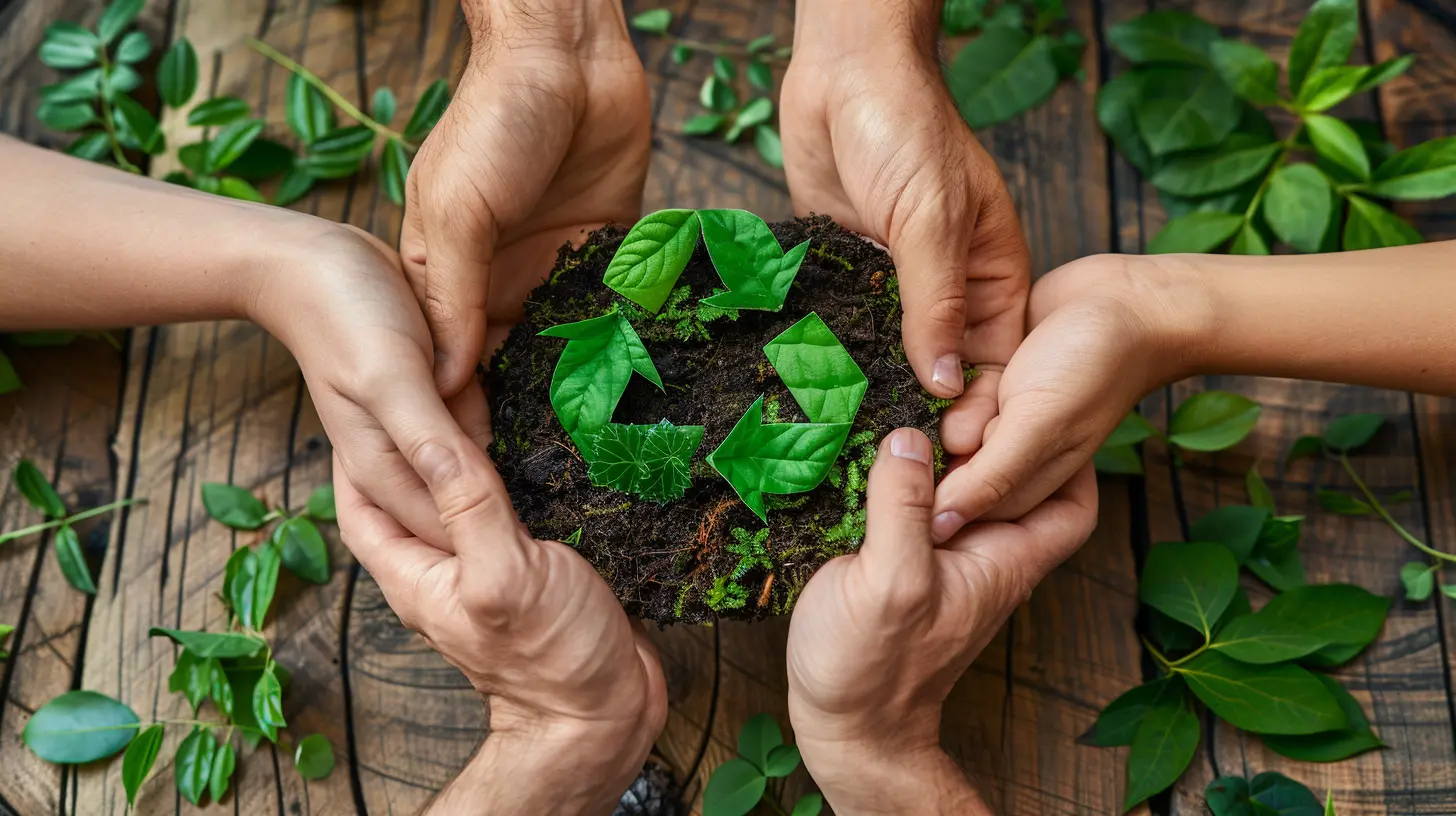
Why Should Businesses Care About Sustainability?
Let’s face it—customers are changing. They’re smarter, more conscious, and more curious than ever before. People want to know where their products come from. They want full transparency. And they’re willing to spend a little more if they believe in what a company stands for.Here are a few reasons why sustainability is good for business:
- Brand Loyalty: Consumers tend to stick with brands that reflect their personal values.
- Cost Efficiency: Reducing waste and energy usage often leads to lower production costs.
- Compliance and Risk Reduction: Governments are tightening regulations. Staying ahead keeps you safe from fines or negative PR.
- Innovation: Sustainability forces creativity. You’ll find new ways to improve your products and processes.
- Competitive Advantage: Let’s face it, being eco-conscious is cool—and it gives you a leg up in the market.
So, it’s not just the right thing to do for the planet—it’s a smart move for your bottom line.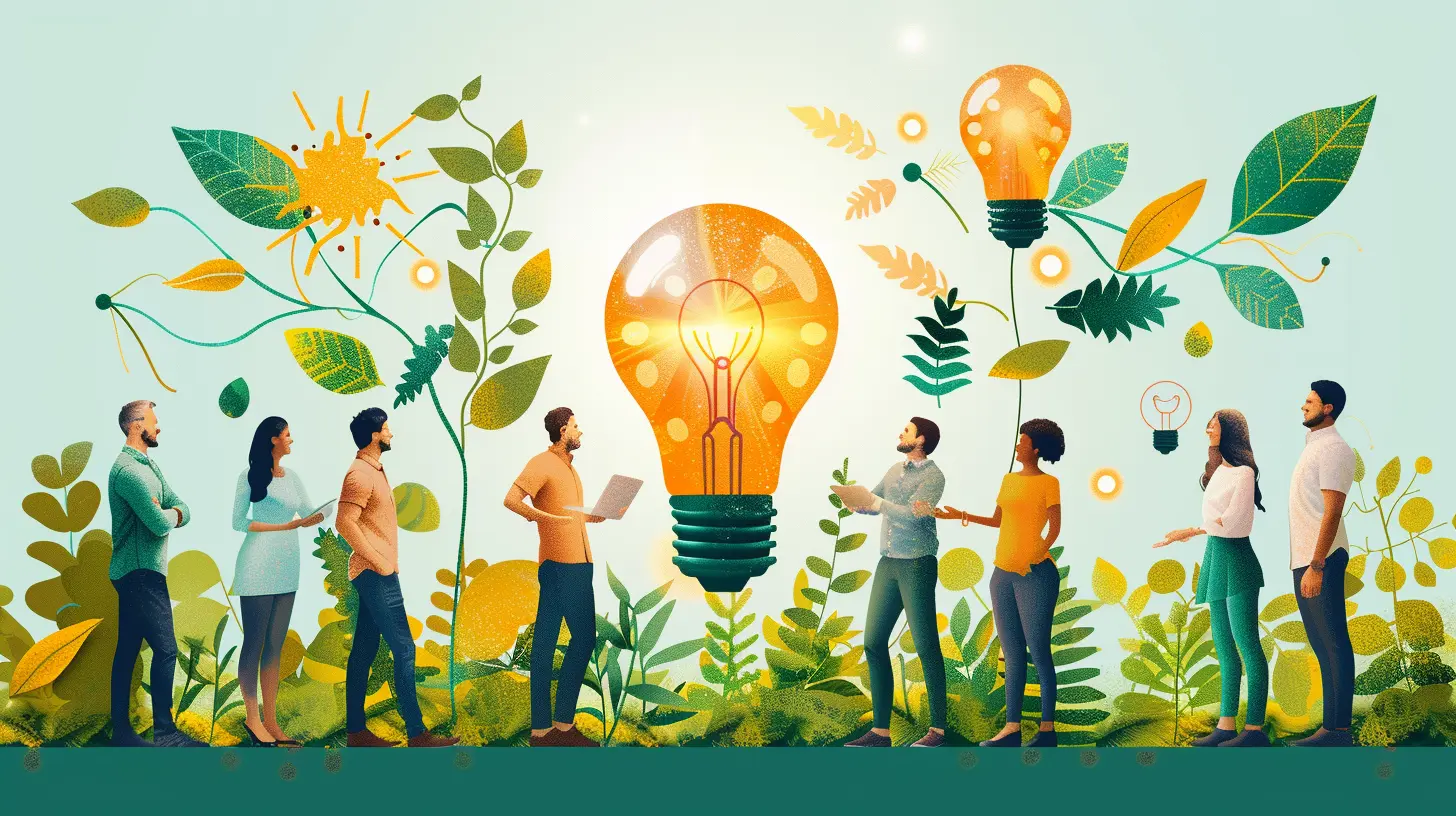
The Pillars of Sustainable Product Development
Before diving into the how, let’s look at the key pillars that set the foundation for sustainable product development:1. Eco-Friendly Design
Start with the design phase. This is where most decisions are made. Can you use fewer materials? Can you make it modular or easier to repair? What about designing for recyclability?Simple tweaks at this stage can make a massive difference down the road. It's like blueprinting a house—you want to make the right choices before the builders show up.
2. Responsible Sourcing
Where you get your raw materials matters. Are they renewable? Are the suppliers ethical? Are you supporting local communities or harming ecosystems?Responsible sourcing is about creating a supply chain that’s rooted in integrity and sustainability. Think organic cotton over synthetic fabrics, or bamboo instead of plastic.
3. Energy-Efficient Manufacturing
This is where going green meets going lean. Streamlining your manufacturing process to reduce water, energy, and waste doesn’t just help the environment—it can also seriously cut costs.Use renewable energy where possible. Optimize logistics. Automate processes smartly. There's always room for improvement.
4. Packaging with Purpose
Ah yes, the packaging—often the first thing a customer sees. Ask yourself: is my packaging reusable, recyclable, or compostable?Consumers are tired of plastic overload. Sustainable packaging is a huge win—not just environmentally, but for branding too. Brown paper and minimalist designs? Oh-so-trendy.
5. Lifecycle Thinking
What happens when your product is no longer needed? Can it be reused, refurbished, or recycled?Thinking about the full lifecycle of your product ensures that you're not just pushing the environmental impact onto someone else. Close the loop as much as you can.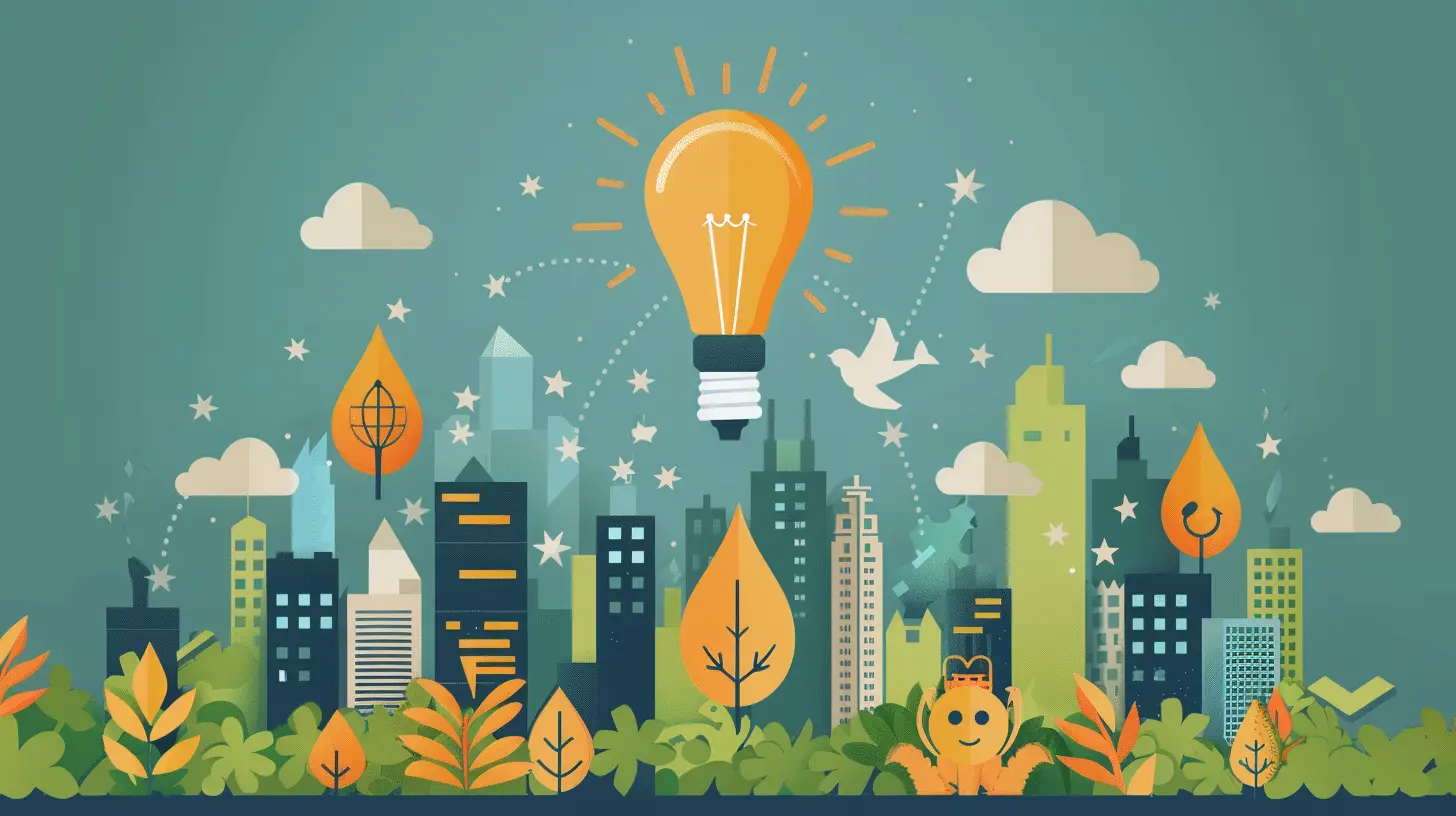
How to Implement Sustainable Product Development: A Step-by-Step Guide
Alright, let’s get our hands dirty (in a clean, green way). Here’s how you can actually embed sustainability into your product development process.Step 1: Set Clear Sustainability Goals
Start by defining what sustainability means for your business. Is it about cutting carbon emissions? Reducing plastic waste? Supporting local economies?Having clear, measurable goals helps guide every product decision and keeps your team aligned.
🎯 Pro Tip: Use frameworks like the UN’s Sustainable Development Goals (SDGs) to shape your objectives.
Step 2: Collaborate Across Departments
Sustainability isn’t a solo sport. It requires buy-in from product design, marketing, operations, finance—you name it.Bring everyone to the table from the start. Great ideas often come from the most unexpected places.
Step 3: Choose Sustainable Materials
This one seems obvious, but you'd be surprised how often it's overlooked. Look for materials that are:- Renewable or recycled
- Free from harmful chemicals
- Certified by reputable organizations (e.g. FSC, GOTS)
Do your homework. Buying cheap now can cost you dearly later in brand reputation and product longevity.
Step 4: Rethink Your Suppliers
Your sustainability also depends on who you do business with. Vet your suppliers. Are they using fair labor practices? Are they transparent about their environmental impact?It might take effort to find the right partners, but it's absolutely worth it for the long term.
Step 5: Test, Iterate, Improve
Rarely does anyone get it 100% right on the first try. That’s okay.Collect feedback. Monitor your product’s performance. Look for ways to use even less material, reduce transport emissions, or extend shelf life.
This process is more marathon than sprint.
Real-World Examples of Sustainable Product Development
Let’s look at some brands out there walking the talk:- Patagonia: From recycled fabrics to lifetime repairs, they’ve built a cult following based on environmentally responsible practices.
- Apple: They’ve made strides in using recycled aluminum and rare earth elements in their products.
- Allbirds: These eco-friendly shoes made from wool and sugarcane are killing it with minimalist design and carbon transparency.
These companies didn’t just adopt sustainability—they made it their core identity. And customers love them for it.
Common Challenges (And How to Beat Them)
No sugar-coating here—shifting to sustainable practices can be tough. You may face:- Higher upfront costs (but long-term savings)
- Supply chain hiccups
- Internal resistance
So, how do you deal with it?
- Start small: Don’t try to change everything overnight. Begin with one product line or one process.
- Communicate openly: Tell your team and your customers what you’re doing and why.
- Celebrate wins: Each improvement, no matter how small, is worth celebrating. It keeps motivation high.
The ROI of Going Green
You might be wondering, “Okay, but will this really pay off?”Absolutely. Sustainable product development can:
- Increase customer trust
- Attract investors who care about ESG
- Lower production and energy costs
- Help you stand out in a crowded market
Plus, you’re future-proofing your business. As regulations tighten and customer expectations grow, you’ll be ahead of the curve—not scrambling to catch up.
Sustainability Is No Longer Optional—It’s the Future
Sustainable product development isn’t just a trend. It’s the path forward—for your business, your customers, and the planet.As a business owner or product developer, you have a chance to make a real difference. The choices you make today will shape tomorrow’s world. Sounds big? It is.
But it’s also an incredible opportunity. By aligning your environmental and business goals, you’ll not only create better products—you’ll create a better brand, a better planet, and a better future.
So, let’s roll up our sleeves and get to work. Because sustainable product development isn’t just good ethics—it’s smart business.
all images in this post were generated using AI tools
Category:
Product DevelopmentAuthor:

Matthew Scott
Discussion
rate this article
1 comments
Greta McQuiston
This article highlights the vital intersection of sustainability and business success. By prioritizing eco-friendly practices in product development, companies can innovate while reducing their environmental impact, ultimately driving customer loyalty and long-term profitability. A win-win for both the planet and the bottom line!
October 14, 2025 at 11:24 AM

Matthew Scott
Thank you for your insightful comment! I completely agree—balancing sustainability with business success is crucial for a thriving future.

